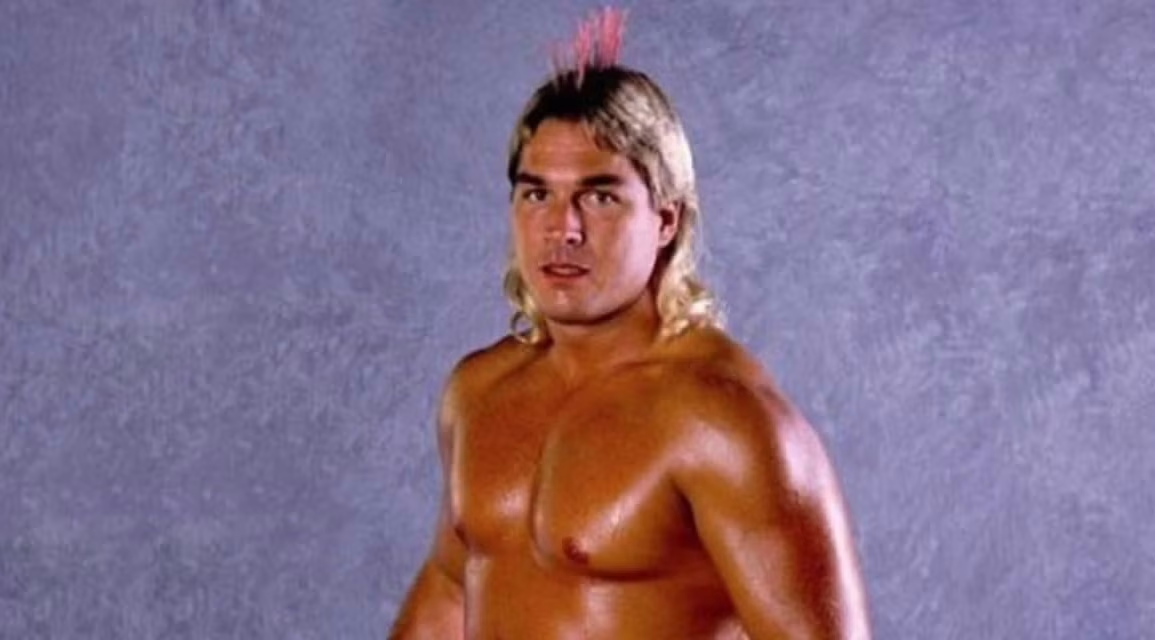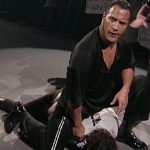Professional wrestling has always been a stage for the most creative, wild, and sometimes downright bizarre characters. WWE, with its storied history, has introduced countless gimmicks that have left fans scratching their heads. While some characters became iconic, others failed to capture the audience’s attention or were misunderstood entirely. Whether due to poor execution, lack of development, or just timing, these gimmicks never quite achieved the success they were meant to. Here are some of the most misunderstood WWE gimmicks, which, with the right circumstances, could have become household names.
1. The Gobbledy Gooker: A Joke That Went Too Far

In 1990, WWE introduced a gimmick that left fans both puzzled and amused: The Gobbledy Gooker. On Thanksgiving Day, the WWE featured a bizarre vignette surrounding a giant egg that would eventually hatch at Survivor Series. When the egg cracked open, out popped a man in a giant turkey costume, who proceeded to dance around the ring. The reaction from fans was less than enthusiastic, with many booing and expressing confusion at the spectacle.
At its core, The Gobbledy Gooker was intended to be a fun, family-friendly character for the holiday season, aimed at giving the crowd something lighthearted. However, the gimmick was poorly executed and led to the character being quickly forgotten. The awkward combination of a serious wrestling show and a dancing turkey just didn’t resonate with the audience, and instead of becoming a quirky, fun character, the Gobbledy Gooker became a symbol of a failed creative risk.
Looking back, it’s clear that with better timing or a more consistent storyline, this gimmick could have been reworked into something endearing. Sadly, the Gobbledy Gooker is now mostly remembered as one of the more bizarre and misunderstood WWE gimmicks.
2. The Kiss Demon: A Rock Star with No Stage
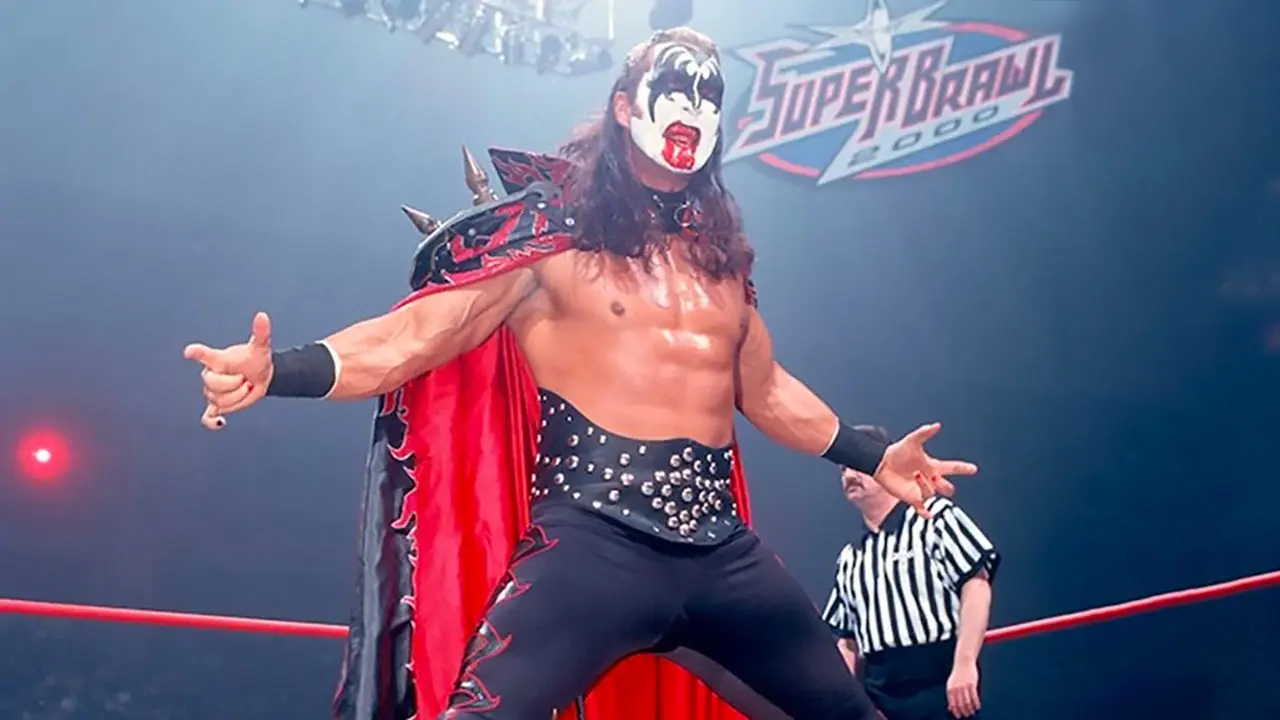
In 2000, WCW (which was then owned by WWE) introduced The Kiss Demon, a character inspired by the famous rock band KISS. Dressed in a full KISS-style costume, with face paint and spiky hair, this character was meant to capitalize on the popularity of the iconic band and their larger-than-life persona. The Kiss Demon was portrayed by singer and wrestler Dale Torborg and was designed as a rock star type of figure, combining the world of rock music with the high-energy world of professional wrestling.
The problem with The Kiss Demon wasn’t necessarily the idea itself, but rather the execution. WCW had high hopes for the gimmick, even arranging for KISS to perform at a few events, but the connection to the band didn’t do much for the character’s credibility. The character had no real depth or purpose other than to act as a walking advertisement for KISS, and it failed to resonate with wrestling fans. The Kiss Demon wasn’t given enough time to develop a story or persona that could connect with fans, and as a result, it quickly became one of the most short-lived gimmicks in wrestling history.
In retrospect, the Kiss Demon could have been an exciting character if it had been fleshed out with more substance. Unfortunately, it ended up as a missed opportunity for both WCW and the fans who never truly got to understand what the character was supposed to represent.
3. Mordecai: The White Knight of WWE
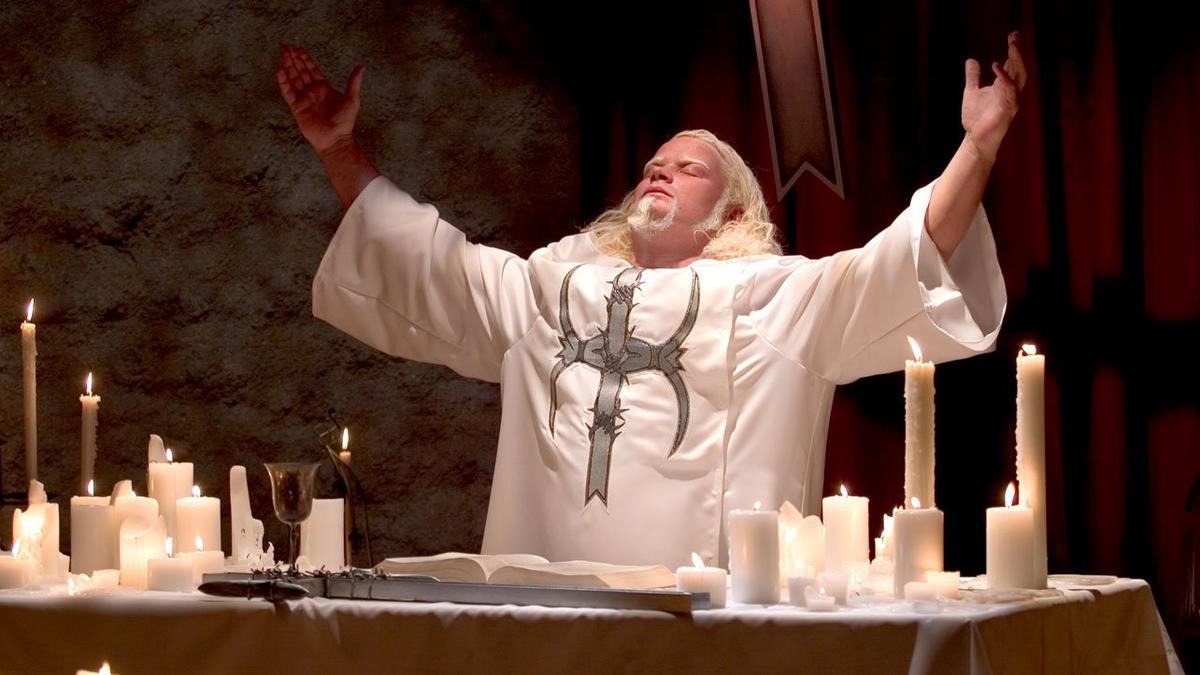
When Mordecai debuted in 2004, fans were introduced to a unique character who was meant to be a “white knight” of sorts—a dark, mysterious figure dressed all in white with a religious and righteous aura. Mordecai was portrayed by Kevin Fertig, a wrestler who had previously worked in developmental territories as “Kevin Thorn.” The character came across as a militant preacher, someone with a strict sense of morality and a desire to punish those who he deemed unworthy.
Despite the unique premise, Mordecai struggled to make an impact on WWE audiences. The gimmick was very similar to that of The Undertaker, but without the mystique and allure that made the Deadman so beloved. Fans struggled to take Mordecai seriously, as the gimmick felt somewhat out of place in the increasingly fast-paced, reality-driven wrestling world of the mid-2000s. The character’s delivery was often stilted, and without the proper storytelling to back it up, the white knight persona fell flat.
Mordecai’s downfall wasn’t necessarily due to a lack of potential but rather a failure to adapt the character to the audience’s evolving tastes. WWE ultimately pulled the plug on the gimmick, and Kevin Fertig returned to the company a few years later as the more successful “Kevin Thorn.” Had the character been given a bit more time and better direction, Mordecai could have been a memorable addition to WWE’s roster.
4. The Red Rooster: A Gimmick That Clucked Its Way to Mediocrity
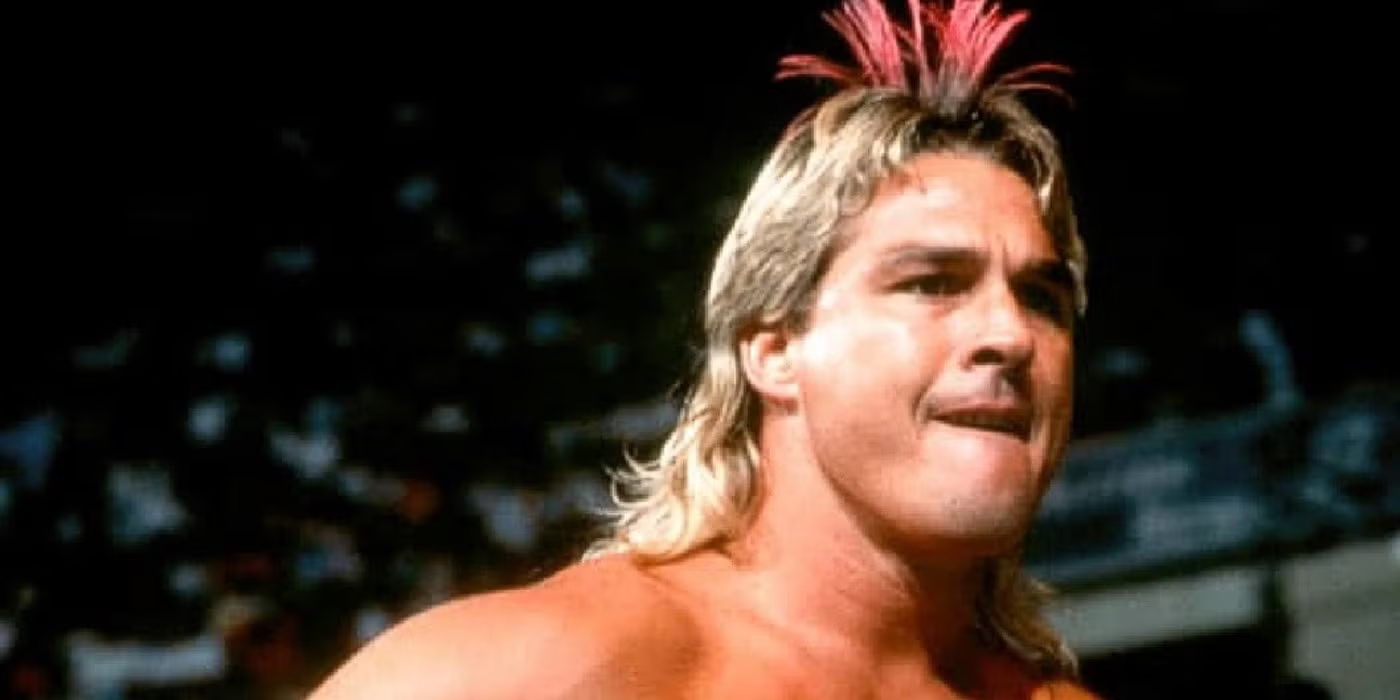
Terry Taylor, a talented wrestler known for his technical prowess, was handed one of the most bizarre gimmicks in WWE history—the Red Rooster. In the late 1980s, WWE decided to turn Taylor into a cocky, flamboyant character who strutted around the ring with his arms raised like a rooster. The gimmick was widely panned as it was both silly and out of place with Taylor’s natural persona, which was based on his wrestling ability.
WWE’s attempt to make Taylor’s “Rooster” gimmick a thing of pride was undermined by the fact that Taylor had little to no connection with the character. Fans didn’t buy into the persona and often found it embarrassing. The character lacked depth and was ultimately seen as a step backward in a time when wrestling fans were yearning for more legitimate characters. Taylor’s talent as a wrestler was evident, but his gimmick was perceived as more of a joke, and the character was quickly phased out.
The failure of The Red Rooster wasn’t due to a lack of effort or charisma on Taylor’s part; it was simply a misguided attempt to package a highly skilled wrestler in a gimmick that was too far removed from his true strengths. If the gimmick had been reworked or given a different spin, Taylor may have been able to make it work, but instead, The Red Rooster became one of the most misunderstood and ridiculed characters in WWE history.
Final Thoughts
WWE has always been a place for wild creativity and over-the-top characters, but not every gimmick hits the mark. Some, like The Gobbledy Gooker or The Red Rooster, were simply too out of step with the times or too strange for the audience to embrace. Others, like Mordecai or The Kiss Demon, had potential but suffered from poor execution or lack of development. These characters may not have had the long-lasting impact WWE intended, but they serve as a reminder of the unpredictable nature of professional wrestling and the risks that come with trying to innovate.
While some of these gimmicks are largely forgotten, others remain a part of wrestling’s quirky history. Regardless of their success or failure, they show that WWE is always willing to push the boundaries of what can be done in sports entertainment—even if it means trying something that doesn’t always work.

